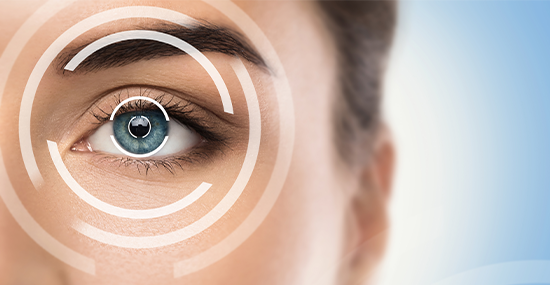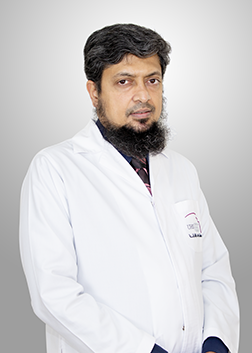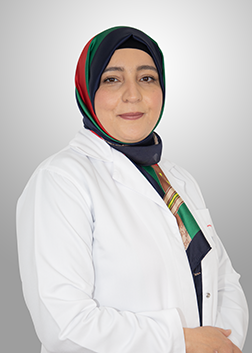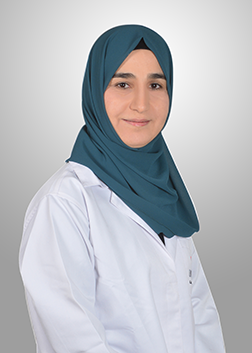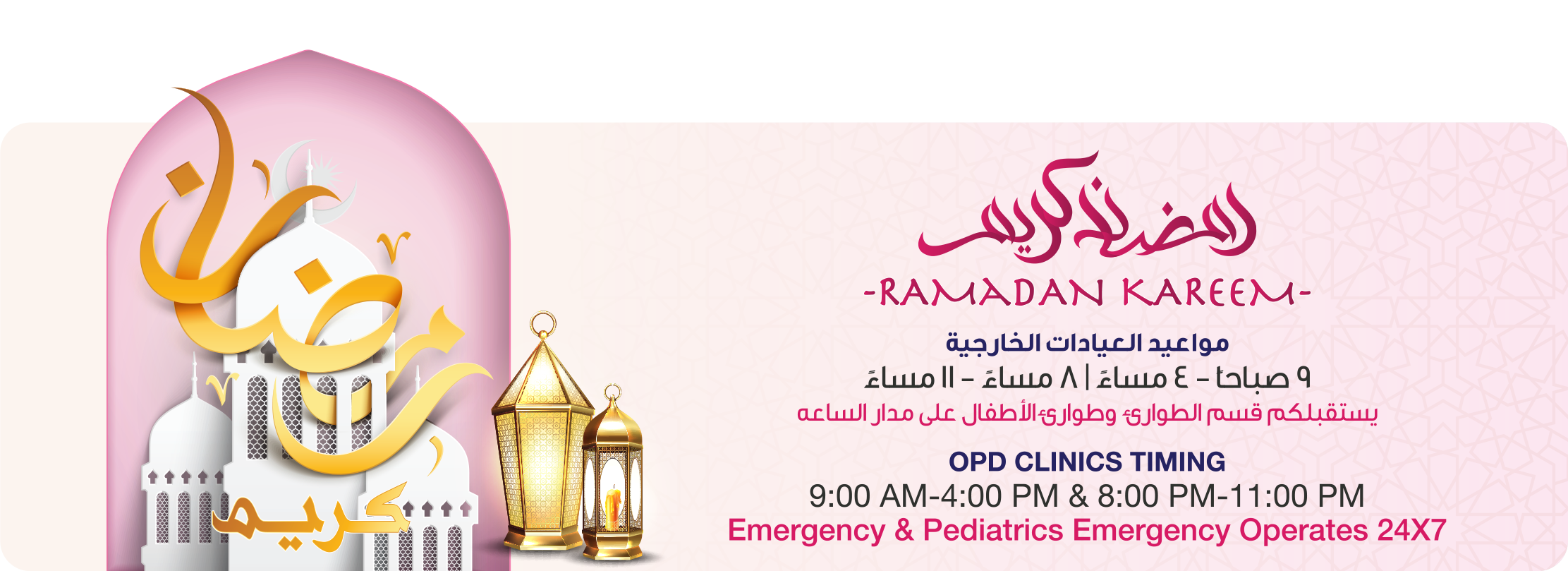The Ophthalmology Department at the University Hospital Sharjah (UHS) provides holistic and comprehensive care along with the use of the latest technology. We have the best and dedicated Operating Rooms. These include a special unit for day surgery where one can get operated and remain in UHS for a very short duration for minor or major complex procedures. Our Ophthalmology Clinical procedures include- Cataract Cases of Different Types, Diabetic Retinopathy Including Laser Management and Intraocular Injections, Different Anterior Segment Diseases, Eye Lid Lesions, Dry Eye and Medical Management of Different Corneal Diseases and many more.
